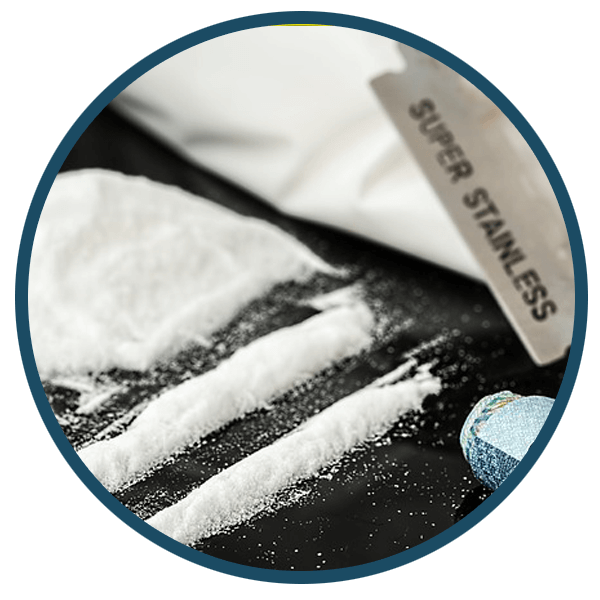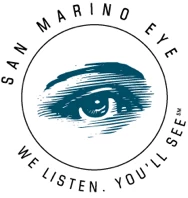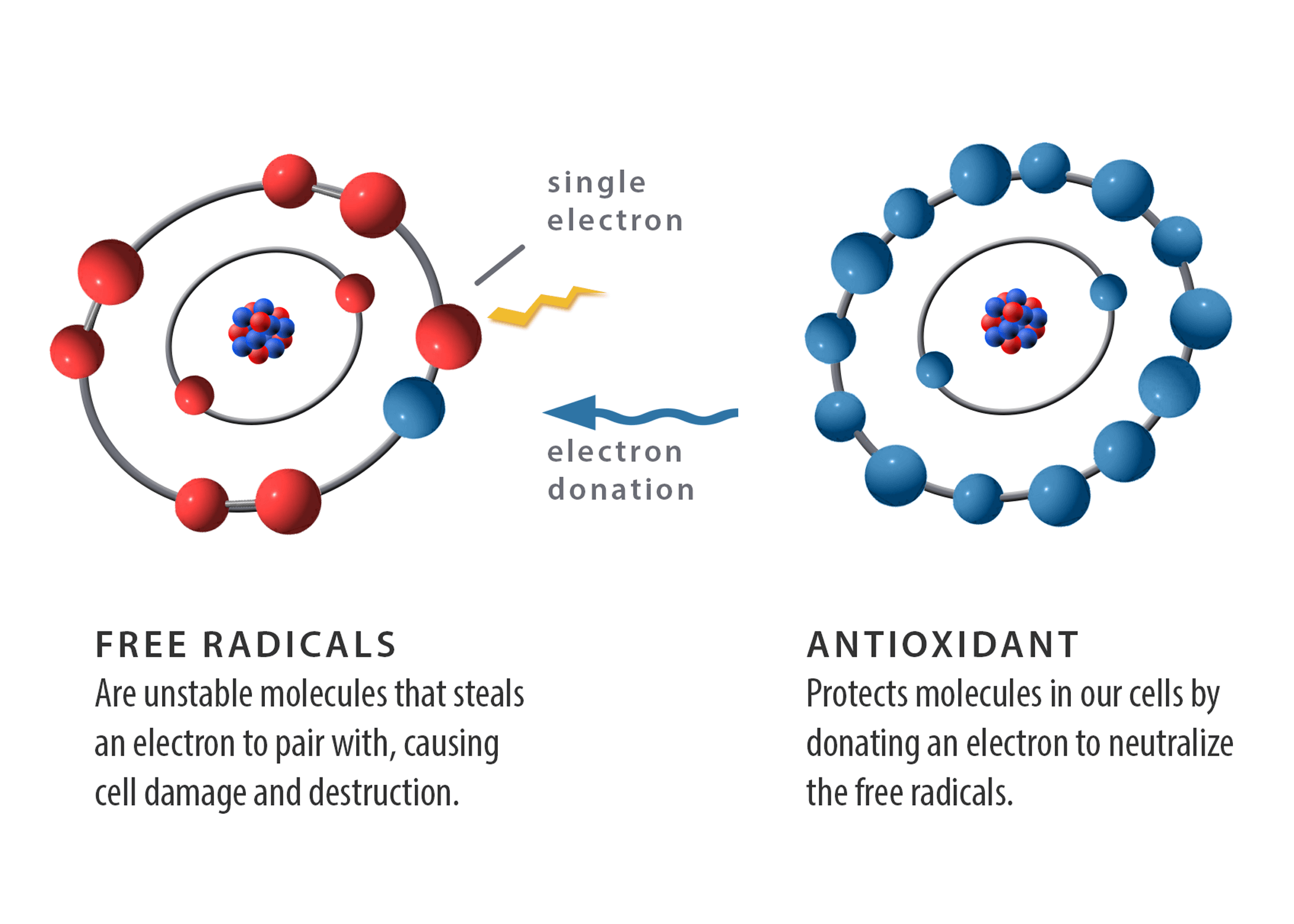Natural Glaucoma Treatments
Complementary and Alternative Medicine (CAM)
Does Alternative Medicine Work as a Treatment of Glaucoma?
Complementary and Alternative Medicine (CAM) or Alternative and Complementary Therapy (ACT) are the terms used to cover medical practices and products that are not part of the usual standard of care provided by medical doctors and allied health professionals. These include vitamins, herbal remedies, acupuncture, reflexology, homeopathy, ayurvedic medicine, traditional Chinese medicine, and meditation, among others.
There are many individual claims of success with CAM remedies in the treatment of glaucoma. However, high quality controlled clinical trials with the power to conclusively demonstrate a benefit are still lacking for most CAM therapies. Despite this lack of evidence, over 40% of Americans report using CAM treatments[1] and 5% of patients with glaucoma use them to treat this condition.[2]
I am often asked by my patients with glaucoma about natural, alternative, or over-the-counter (OTC) therapies. Do they work? Are they safe? Will they interact with my other medications? It’s important to realize that because non-prescription therapies have not been as extensively studied as have prescription medications the answer to the above questions cannot be answered with certainty.
Nevertheless, there have been a small number of studies published that support the use of a few CAM therapies in the treatment of glaucoma.
Marijuana For Glaucoma?
Let’s get this out of the way. Marijuana is a composed of hundreds of natural chemicals. Of these chemicals, a group known as cannabinoids are primarily responsible for the feeling of “getting high”. Delta-9-tetrahydrocannabinol, the most active cannabinoid in marijuana, reduces the production of fluid within the eye (known as the aqueous fluid).[3]

Other cannabinoids and cannabinoid-like chemicals have also been shown to lower the intraocular pressure (IOP).[4] Smoking marijuana was first reported to lower IOP in 1971.[5] The problem, however, is that it only works for a few hours during the time someone is “high”.[6] Among those people I know who enjoy the feeling of being “high” I doubt any of them would want to spend every waking hour of their lives in that state of mind. Even if they did want such a thing it just wouldn’t be practical.
There is also the challenge of standardizing marijuana treatment. Different strains of marijuana vary in their concentration of delta-9-tetrahydrocannabinoid. Additionally, smoking a joint or taking a hit from a bong does not produce a “metered dose” or consistent amount of the active ingredient. Finally, smoking any plant-based material can destroy lung tissue and increase the risk of developing (and dying from) lung cancer.
So, does marijuana work to lower the IOP? Yes. Is it a practical treatment option for glaucoma? No.
Glaucoma Supplements
A Note about Supplements in General
In the following pages I will summarize the evidence supporting the use of supplements in the treatment of glaucoma. It is important to note, however, that the supplements used in research are of a very high quality and purity. The same supplement purchased over the counter will often range in purity and quality depending upon the brand purchased. As with most things in life, you get what you pay for.
Neuroprotectants and Antioxidants
Glaucoma is primarily a disease of the optic nerve. The optic nerve is, after all, a nerve. So, anything that has been shown to protect nerve tissue from damage (provide “neuroprotection”) could have a role in the treatment of glaucoma. Antioxidants protect living tissue from “oxidative” damage. So, in a broad sense, antioxidants are neuroprotectants.
Video Credit: Mercola Products Dr. Mercola: Why Are Antioxidants So Important? [Internet]. 2012 [cited 2016 Feb 4]. Available from: https://youtu.be/PtEINkxu0kA]
What, Exactly, Are “Oxidants”?
Chemical reactions are occurring continuously in our bodies. One by-product of these chemical reactions is the creation of a highly reactive element called singlet oxygen. This singlet oxygen is what results in “oxy”dative damage to our healthy body tissues. It’s called singlet oxygen because it only has one (a single) electron. It wants two. Desperately. Chemical reactions are occurring continuously in our bodies.
One by-product of these chemical reactions is the creation of a highly reactive element called singlet oxygen. This singlet oxygen is what results in “oxy”dative damage to our healthy body tissues. It’s called singlet oxygen because it only has one (a single) electron. It wants two. Desperately. Because of its intense desire for a second electron, singlet oxygen doesn’t stay “single” very long. Indeed, it steals an electron from the very first molecule it encounters. Now that molecule is without an electron and is called a free radical.
Free radicals don’t like to be without electrons either. They may strip electrons from other molecules or join with another molecule and share its electrons. In this way free radicals resulting from oxidative stress can damage our cells or even our DNA.
Free Radicals and Glaucoma
It has been speculated that free radicals are associated with cell damage to the eyes. Indeed, there is evidence that oxidative stress can damage the eye’s natural outflow system and optic nerve[7] Several studies have shown that patients with glaucoma have damage in the DNA of the trabecular meshwork that can be attributed to oxidative stress. Most of the fluid in the eye must pass through the trabecular meshwork to leave the eye. If the trabecular meshwork is damaged, then fluid can build up in the eye. As such, damage to the trabecular meshwork could result in an increase in the intraocular pressure (IOP). And an elevated IOP, as we know, can result in damage to the optic nerve.
Externally Generated Sources of Free Radicals

POOR DIET

RADIATION

CIGARETTE SMOKE

POLLUTION

UV RADIATION

PESTICIDES

ALCOHOL

DRUGS
The Role of Antioxidant
Supplements When most people hear the term “supplements” they think of vitamins and antioxidants. Many vitamins are antioxidants, but not all antioxidants are vitamins. Examples of antioxidant supplements include vitamins A, C, E, Alpha-lipoic acid, β-carotene, β-cryptoxanthin, ginkgo biloba, lycopene, lutein, and zeaxanthin, curcumin, glutathione, and n-6 to n-3 polyunsaturated fatty acids.
Foods may also contain antioxidants. Some of the foods with high antioxidant content include coffee, red wine, green tea, and dark chocolate. One might assume that consuming foods or taking supplements with a high antioxidant content could protect the optic nerve from oxidative damage and limit the progression of glaucoma. Alas, it’s not so simple. Many naturally occurring antioxidants are not well absorbed when taken by mouth. Even those that are well absorbed may not get to the optic nerve or other ocular tissues. Why not? The eye, like the brain, is a “privileged” organ. In other words, many chemicals simply are not allowed access to the eye.
Finally, some compounds (such as coffee) that have antioxidant effects may also raise IOP by some other mechanism. Despite all of the theoretical benefit of antioxidant use, according to a study published in 2003 “no significant association between antioxidant consumption (vitamin A, C, E, β-carotene, β-cryptoxanthin, lycopene, lutein, and zeaxanthin) and the risk for developing primary open angle glaucoma was found[8].”
But what about their role in treating glaucoma that already exists? The short answer for most antioxidants is that we simply don’t know. A few, however, are showing promise in recent clinical trials. More on that ahead…
References
[1] Eisenberg DM, Davis RB, Ettner SL, et al: Trends in alternative medicine use in the United States, 1990–1997: results of a follow-up national survey. JAMA 280:1569–75, 1998
[2] Rhee DJ, Spaeth GL, Myers JS: Prevalence of the use of complementary and alternative medicine for glaucoma. Ophthalmology 109:3, 438-443, 2002
[3] Porcella A, Maxia C, Gessa GL, Pani L. The human eye expresses high levels of CB1 cannabinoid receptor mRNA and protein. Eur J Neurosci 2000;12:1123-7.
Flach AJ. Delta-9-tetrahydrocannabinol (THC) in the treatment of end-stage openangle glaucoma. Trans Am Ophthalmol Soc2002;100:215-22
[4] Lockhart AB, West ME, Lowe HI. The potential use of Cannabis sativa in ophthalmology. West Indian Med J. 1977;26:66–70.
Colasanti BK. Ocular hypotensive effect of marihuana cannabinoids: correlate of central action or separate phenomenon? J Ocul Pharmacol. 1986;2:295–304.
Pate DW, Jarvinen K, Urtti A, Mahadevan V, Jarvinen T. Effect of the CB1 receptor antagonist. SR141716A on cannabinoid-induced ocular hypotension in normotensive rabbits. Life Sci. 1998;63:2181–2188.
Buchwald A, Browne CE, Wu WM, Ji F, Bodor N. Soft cannabinoid analogues as potential anti-glaucoma agents. Pharmazie. 2000;55: 196–201.
Beilin M, Neumann R, Belkin M, Green K, Bar-Ilan A. Pharmacology of the intraocular pressure (IOP) lowering effect of systemic dexanabinol (HU-211), a non-psychotropic cannabinoid. J Ocul Pharmacol Ther. 2000;16:217–230.
Laine K, Jarvinen K, Pate DW, Urtti A, Jarvinen T. Effect of the enzyme inhibitor phenylmethylsulfonyl fluoride on the IOP profiles of topical anandamides. Invest Ophthalmol Vis Sci. 2002;43:393–397.
[5] Hepler RS, Frank IR. Marihuana smoking and intraocular pressure. JAMA. 1971;217:1392.
[6] Green K. Marijuana smoking vs cannabinoids for glaucoma therapy. Arch Ophthalmol 1998;116:1433-7.
[7] Kumar DM, Agarwal N. Oxidative stress in glaucoma: A burden of evidence. J Glaucoma 2007;16:334-43.
Liu Q, Ju WK, Crowston JG, et al. Oxidative stress is an early event in hydrostatic pressure induced retinal ganglion cell damage. Invest Ophthalmol Vis Sci. 2007;48:4580–4589.
[8] Kang JH, Pasquale LR, Willett W, Rosner B, Egan KM, Faberowski N, Hankinson SE. Antioxidant intake and primary open-angle glaucoma: a prospective study. Am J Epidemiol 2003; 158:337-46. PMID: 12915499
Choosing your eye doctor is one of the most important decisions you will make in your life. With Dr. David Richardson, you are not only getting a highly skilled eye surgeon, but a trusted physician as well.

